Optimal Timing for Storm Restorations
Timing for storm restorations is critical to minimize damage and ensure safety. The optimal period for performing these repairs is typically during the dry seasons when weather conditions are stable, reducing the risk of additional storm activity interfering with restoration efforts. In regions like Maryville, Tennessee, late spring through early fall often presents the most suitable window, although specific timing can vary based on local weather patterns.
Spring and summer months generally offer better conditions for storm restorations due to lower chances of rain and storms.
Performing restorations during periods of stable weather helps prevent delays and ensures quality work.
Understanding local storm seasons can aid in planning restorations before severe weather events occur.
Immediately after storms, restoration can be urgent to prevent further damage, but safety and weather conditions must be considered.
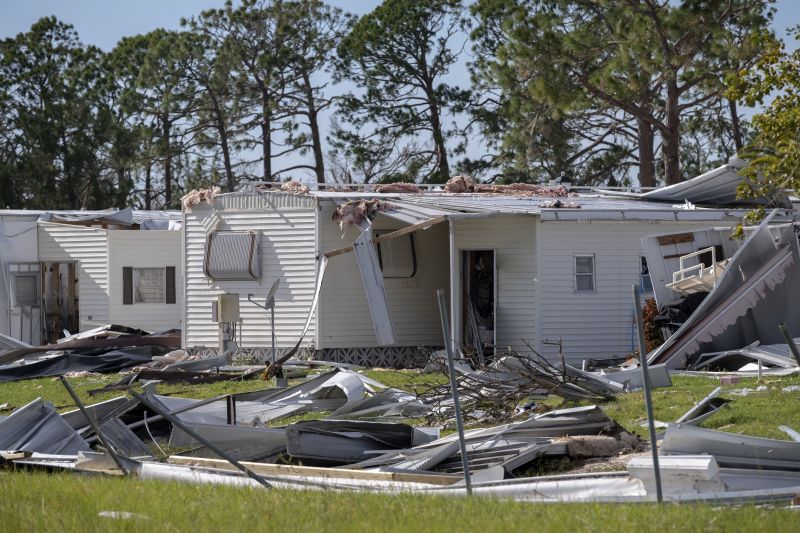
A team evaluates the extent of damage after a storm to plan effective restorations.
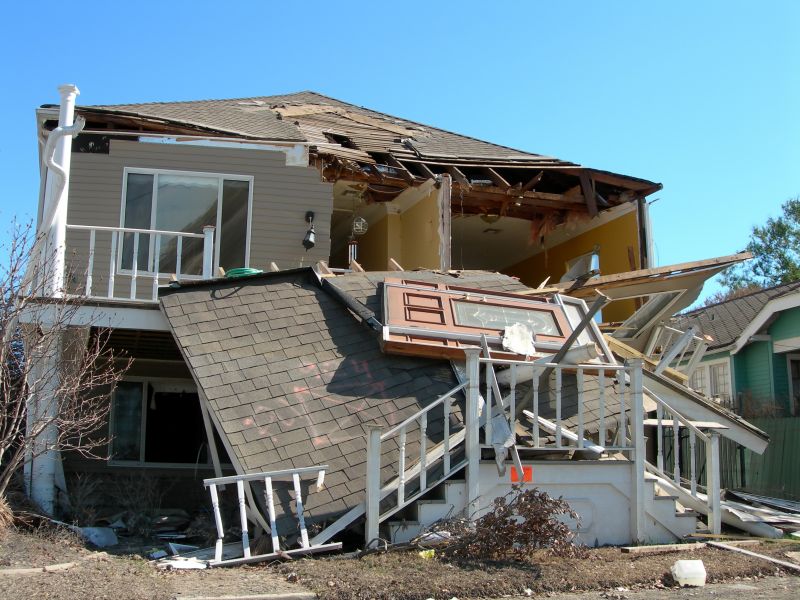
Restoration crews repairing damaged roofs and structures after a storm.

Finished repairs restoring safety and stability to affected properties.
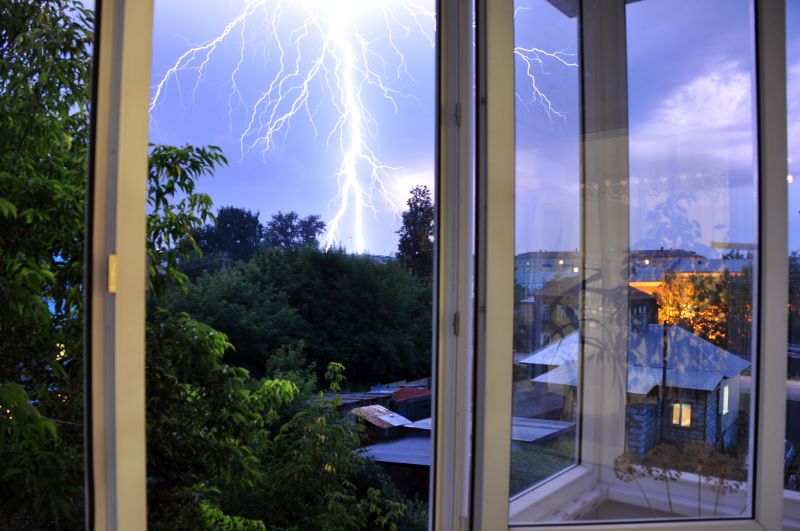
Ways to make Storm Restorations work in tight or awkward layouts.
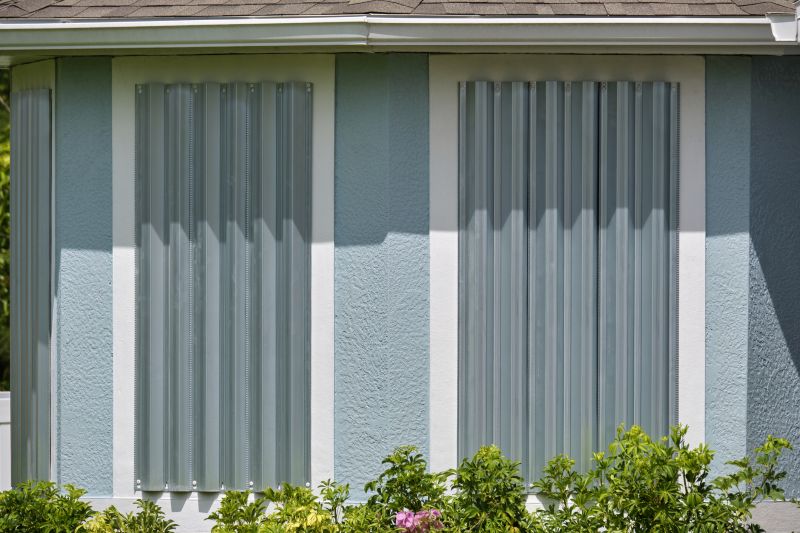
Popular materials for Storm Restorations and why they hold up over time.

Simple add-ons that improve Storm Restorations without blowing the budget.
| Factor | Best Timing for Storm Restorations |
|---|---|
| Weather Conditions | Dry, stable weather preferred |
| Storm Season | Before peak storm months |
| Post-Storm Window | Immediately after storms when safe |
| Regional Climate | Dependent on local climate patterns |
| Resource Availability | During periods with less demand |
Storm restorations involve repairing damage caused by severe weather events such as high winds, hail, and heavy rainfall. These repairs are essential for maintaining property integrity and safety. Accurate assessment and timely action can mitigate further damage and reduce long-term costs. Restorations may include roof repairs, siding replacements, window fixes, and structural reinforcement, all aimed at restoring properties to their pre-storm condition.
Statistics indicate that performing storm restorations promptly can significantly decrease the risk of secondary damages like water intrusion and mold growth. Planning restorations during optimal weather windows ensures work quality and safety. Proper timing also helps manage costs and minimizes disruption to property occupants.
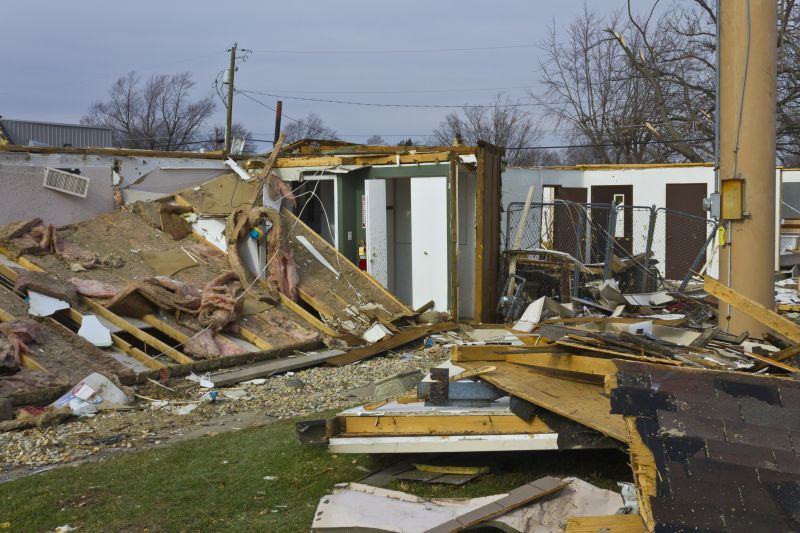
Restoring roofs and exteriors after storm damage.

Strengthening structures to withstand future storms.
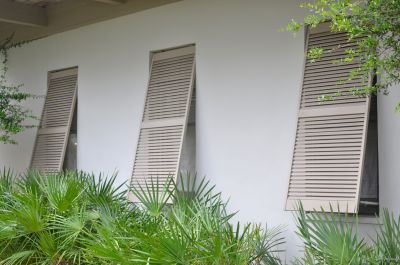
Adding features to improve storm resilience.
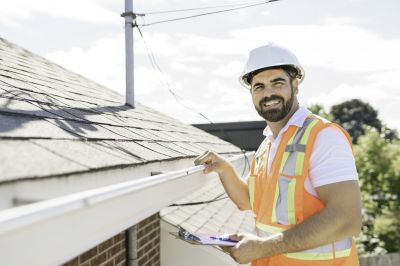
Ensuring repairs meet safety and quality standards.
Interested property owners in Maryville, Tennessee, can consider scheduling storm restorations during the most suitable seasons to ensure effective and efficient repairs. Proper timing can help reduce costs, improve safety, and extend the lifespan of property structures.
